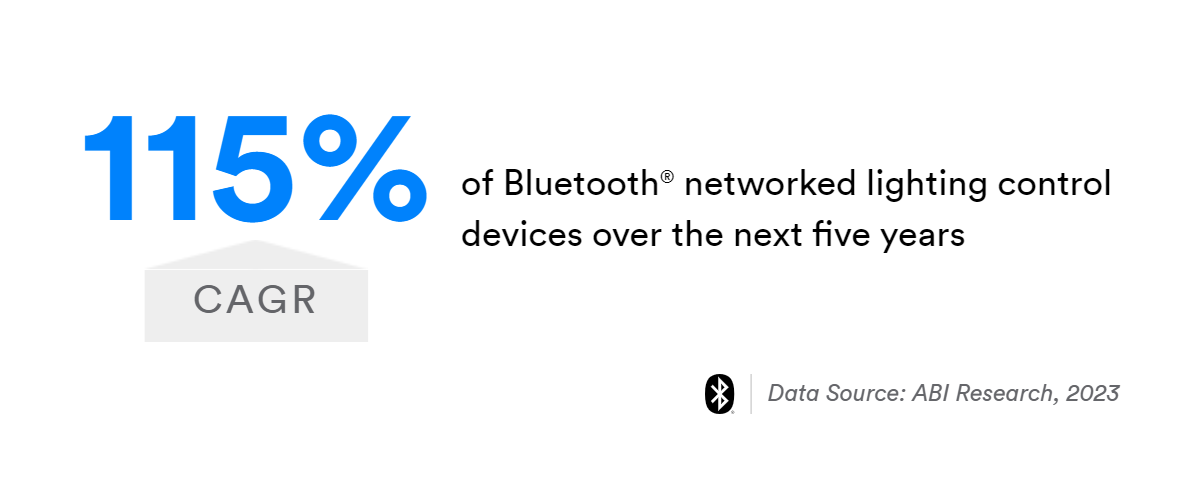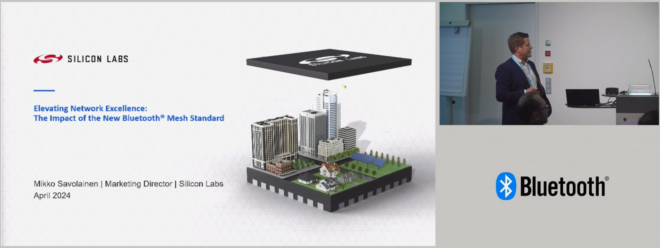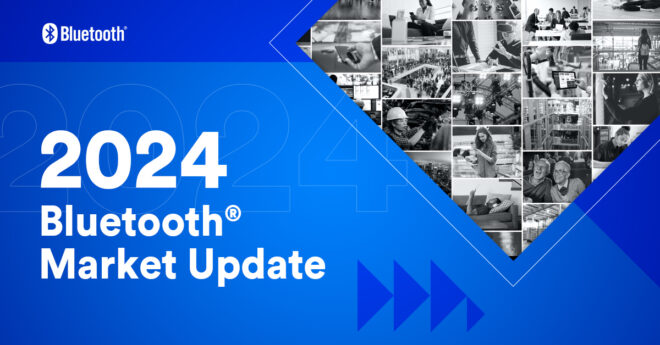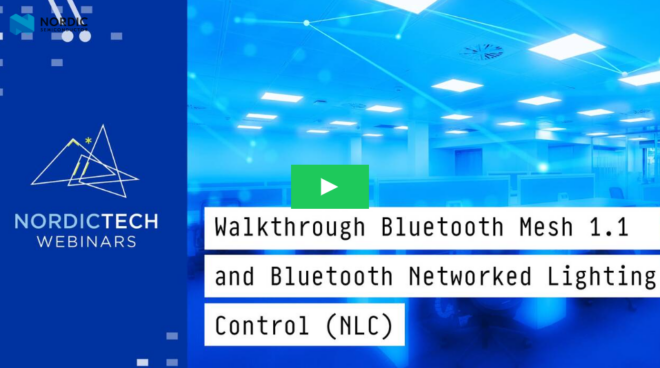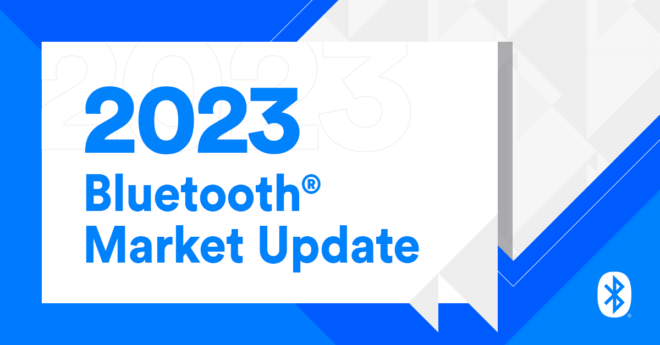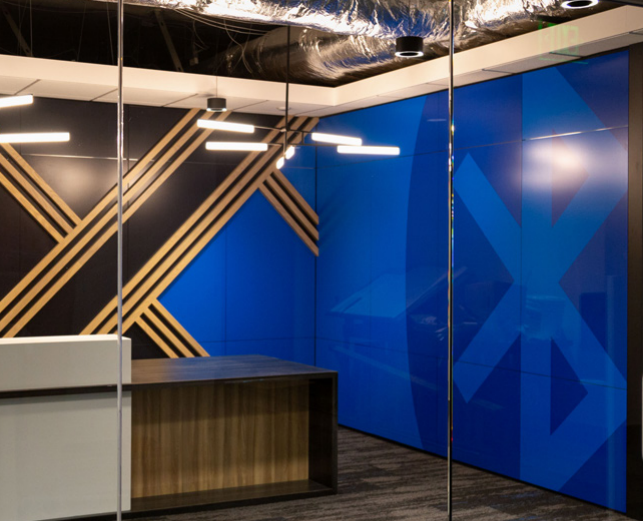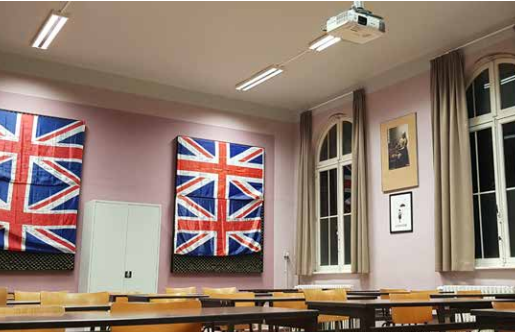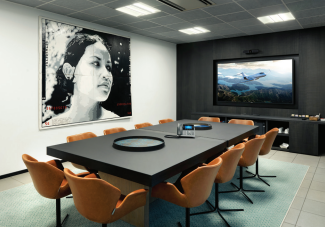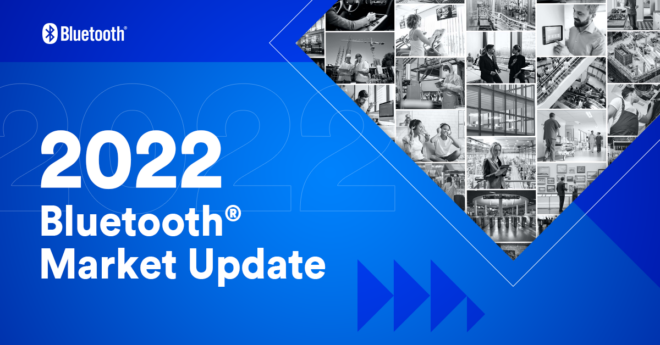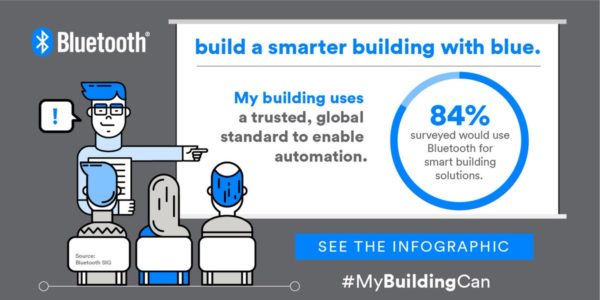
When someone mentions control in terms of lighting, chances are the listener thinks of lighting controls and the dizzying array of possibilities, both in terms of available technologies and in terms of suppliers. But there’s another perspective. This one is typically from the customer or design professional who views the industry instability with concern when they’re evaluating control solutions. From the customer’s perspective, how can they truly be in control of their lighting and IoT interfaces? From the design professional’s perspective, how can they embrace new technologies with all the capabilities they offer without exposing themselves to risks down the line?
The lighting and lighting controls industry offers a rapidly changing landscape. With dozens, possibly hundreds, of young companies jockeying for market share, the industry has also experienced its share of failures. With the potential risk of established companies closing doors with little warning, stranding customers with proprietary control solutions deployed that no longer have long-term support or expansion capabilities, and the risk of other companies shuttering control divisions, with similar results, what kind of risk protections do interoperable solutions offer these customers and designers? Is there still a place for proprietary solutions?
Let’s look at the different levels of interoperability and evaluate the risks and rewards.
![]()
FEATURED INNOVATION
Bluetooth Mesh Networking
Bluetooth® Mesh enables the creation of large-scale device networks and is ideally suited for control, monitoring, and automation systems where hundreds, or thousands of devices need to communicate with one another.
Levels of Interoperability
Proprietary solutions are systems that utilize the hardware and software from a single provider. These can be excellent choices when the provider is a stable industry partner with a long history and good technical support. Risks remain, however, if the customer wishes to expand a system at some point in the future in a way that was perhaps unanticipated initially. For instance, a business campus deployed a proprietary control network across its indoor spaces in multiple buildings a few years ago and now would like to expand its lighting control network to its outdoor spaces, including walkways, parking lots, and roadways. The proprietary system does not offer outdoor control solutions. This customer now has to decide whether to deploy a second, unintegrated control network for its outdoor spaces or abandon the indoor control system and replace it with an integrated indoor/outdoor networked solution.
Then there are semi-proprietary solutions, such as ones that utilize communication protocols like Bluetooth® Low Energy, to underpin their wireless control technology. These providers often have an ecosystem of partners with interoperability within that ecosystem. A designer can select components from any provider within the ecosystem when designing a control network and be certain that the components will work together according to the design intent of the project. These solutions offer customers and designers more assurances that the ecosystem providers will be available long-term for technical support or system expansion.
Finally, there is the most robust level of interoperability, provided by Bluetooth® Mesh. This Bluetooth Networked Lighting Control, supported by the Bluetooth Mesh specification, ensures that any manufacturer designing products to that standard will be interoperable with each other. And because the standard is developed by a global community of more than 38,000 companies, both customers and designers can be confident of the longevity and breadth of the technology.
Since the first Bluetooth Mesh specification was published in 2017, thousands of devices have been introduced to the marketplace by nearly 200 different companies. According to a recently published report by ABI Research, Bluetooth network lighting control devices are expected to reach 36 million annual shipments by 2027, growing to over 112 million annual shipments by 2030. McWong has deployed more than 20 million square feet of installed Bluetooth Networked Lighting Control solutions in a wide range of both indoor and outdoor applications.
Bluetooth® technology continues to expand the outer limits of interoperability. In collaboration with the DALI Alliance, they announced a joint effort to specify a standardized gateway for D4i certified intelligent luminaires in May 2020 that was published a year later by the DALI Alliance. Customers and designers can move forward with confidence in the breadth and depth of interoperable solutions and finally take full control of their lighting infrastructure.
![]()
FEATURED INNOVATION
Networked Lighting Control
Bluetooth® Networked Lighting Control systems are deployed in offices, retail, healthcare, factories, and other commercial facilities to deliver a combination of energy savings, an enhanced occupant experience, and more efficient building operations.
 照明をコントロールするとなると、通常は照明の制御装置や、そこで使用される目もくらむような数の技術とメーカーを思い浮かべることが多いかもしれません。しかし実は、照明制御には別の観点が存在します。制御装置を検討する中で業界の不安定さに懸念を抱く、顧客や設計のプロフェッショナルの観点です。顧客は「照明やIoTのインターフェースを完全に制御できるようにするにはどうすればよいのか?」と悩み、設計のプロは「さまざまな機能が利用できる新しい技術を採用しながら、後々リスクにさらされることのないようにするには?」と考えます。
照明をコントロールするとなると、通常は照明の制御装置や、そこで使用される目もくらむような数の技術とメーカーを思い浮かべることが多いかもしれません。しかし実は、照明制御には別の観点が存在します。制御装置を検討する中で業界の不安定さに懸念を抱く、顧客や設計のプロフェッショナルの観点です。顧客は「照明やIoTのインターフェースを完全に制御できるようにするにはどうすればよいのか?」と悩み、設計のプロは「さまざまな機能が利用できる新しい技術を採用しながら、後々リスクにさらされることのないようにするには?」と考えます。
照明および照明制御の業界は急速に変化しています。数十社、あるいは数百社の新興企業が市場シェアを争う中では、当然ながら破綻する企業もあります。ほぼ前触れもなく老舗が倒産し、その企業の独自技術を使用した制御ソリューションに対する長期サポートや拡張性を失って、残されたユーザーが立ち往生する潜在的リスクがあります。制御部門が廃止された企業も同様の状況に直面します。このようなリスクを抱える中、相互運用性のあるソリューションは、顧客や設計者をどのように守ることができるのでしょうか。また、独自ソリューションの存在意義はいまだ存在するのでしょうか。
ここでは、相互運用性についていくつかのレベルを説明し、それぞれのリスクやメリットについて考察します。
相互運用性のレベル
特定のプロバイダーだけが提供するハードウェアとソフトウェアを使う場合、それは独自ソリューションとなります。それが長い歴史と優れた技術サポートを提供する安定した企業であれば、それは素晴らしい選択となり得るでしょう。しかし、将来的に当初は予想されていなかった拡張を行いたいとなった場合のリスクは残ります。例えば、独自技術を使用した制御ネットワークを会社敷地内の複数の建物の屋内に設置し、数年後にそれを歩道や駐車場、車道などの屋外にも拡張したいと思ったとき、その独自ソリューションが屋外に対応していなければどうでしょうか。この場合、顧客は屋外用の別の制御システムを導入して別々に運用するか、現在の屋内制御システムを撤去して屋内・屋外の両方に対応するネットワークソリューションを新たに導入するという選択を迫られます。
次に、ワイヤレス制御技術の基盤部分にBluetooth® Low Energy などの通信プロトコルを活用する、半・独自ソリューションがあります。この場合、相互運用性を持ついくつかのメーカーが協力して一つのエコシステムを形成することが一般的です。制御ネットワークを設計する際に、同じエコシステム内の製品であれば、プロジェクトの設計方針に従って全てが機能すると確信を持てます。このソリューションは、技術サポートやシステム拡張の面でエコシステム内の企業が長期的に存続するという追加の安心感を顧客や設計者に与えます。
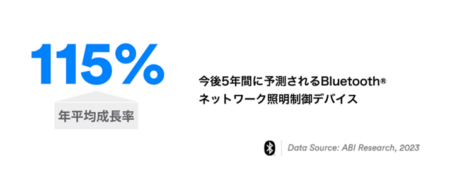 最後に、Bluetooth®︎ mesh が提供する、最も高度な相互運用性レベルがあります。Bluetooth mesh仕様に準拠したBluetoothネットワーク照明制御では、標準に沿って設計された製品であればどこのメーカーの製品であっても相互運用性が保証されます。また、その標準を策定しているのが38,000社を超える企業のグローバルなコミュニティであるため、顧客も設計者もこの技術が長年にわたり幅広く使用できることを確信できます。
最後に、Bluetooth®︎ mesh が提供する、最も高度な相互運用性レベルがあります。Bluetooth mesh仕様に準拠したBluetoothネットワーク照明制御では、標準に沿って設計された製品であればどこのメーカーの製品であっても相互運用性が保証されます。また、その標準を策定しているのが38,000社を超える企業のグローバルなコミュニティであるため、顧客も設計者もこの技術が長年にわたり幅広く使用できることを確信できます。
Bluetooth meshの最初の仕様が公開された2017年以来、何千ものデバイスが200社近い企業から発売されました。ABI Researchが最近公開したレポートによると、Bluetoothネットワーク照明制御デバイスの年間総出荷台数は2027年には3,600万台に達し、2030年には年間1億1,200万台を超えると予想されています。McWongでは、屋内・屋外の幅広い用途で、2,000万平方フィート(約186万平方メートル)を超える面積にBluetoothネットワーク照明制御ソリューションを設置しています。
Bluetooth®︎技術は、相互運用性の限界に挑み続けています。DALI Allianceと連携して、2020年5月にはD4i認証済みのインテリジェント照明用に標準化ゲートウェイの仕様の策定を発表し、その仕様は1年後にDALI Allianceから公開されました。
このようにして、顧客と設計者は相互運用性のあるソリューションの幅広さと深さを信頼し、完全に照明インフラを制御することが可能になりました。

